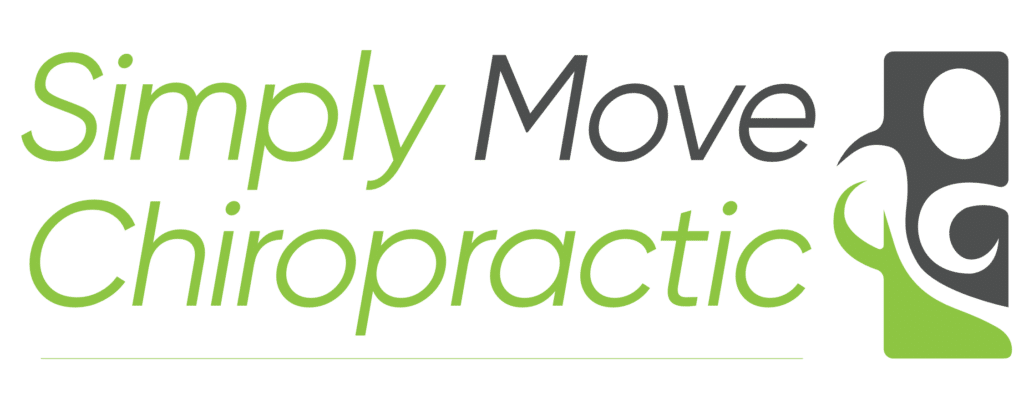Shoulder Pain Treatment in Charlotte, NC: A Comprehensive Guide
As a chiropractor in Charlotte, NC, I’ve encountered numerous patients suffering from various types of shoulder pain. Shoulder discomfort is a prevalent issue that predominantly affects individuals over the age of 40. The shoulder is an intricate joint, celebrated for its flexibility but also prone to injury and pain due to its complexity.
Understanding Shoulder Pain: Causes, Symptoms, and Diagnosis
Thoracic Outlet Syndrome (TOS)
Symptoms and Diagnosis:
TOS manifests through tingling, numbness, loss of strength, pain, a pulsing sensation at the shoulder, discoloration, or coldness in the hand, and even blood clots. Diagnosis typically involves physical exams, imaging tests, and possibly nerve conduction studies to confirm nerve compression.
Expanded Details:
The compression of nerves and arteries in the narrow passageway from your spine, through your neck musculature, and between your first rib and clavicle causes TOS. Factors like poor posture, repetitive shoulder movements, anatomical anomalies (e.g., an extra rib), trauma, and pregnancy can reduce this space, leading to symptoms.
Bursitis
Symptoms and Diagnosis:
Characterized by pinpoint tenderness and pain that subsides when the shoulder is lifted above 90 degrees. Dawburn’s Push Button Test is an orthopedic test used for diagnosis.
Expanded Details:
Bursitis, the inflammation of the bursa, often results from overuse or rotator cuff tears, leading to shoulder impingement syndrome.
Rotator Cuff Injury
Symptoms and Diagnosis:
Symptoms include pain and spasm during shoulder movement, with long-term injuries possibly leading to joint destabilization and dislocation risk. Diagnosis involves physical examination, imaging, and sometimes arthroscopy.
Expanded Details:
The rotator cuff, comprising four muscles, can be injured through repetitive overhead activities. These injuries can destabilize the shoulder, increasing dislocation risks.
Frozen Shoulder (Adhesive Capsulitis)
Symptoms and Diagnosis:
Patients with frozen shoulder experience a gradual reduction in mobility accompanied by constant pain, severe stiffness, and eventually, a slow return to full range of motion. Diagnosis is primarily clinical but may be supported by imaging to rule out other conditions.
Expanded Details:
Frozen shoulder progresses through three stages: freezing, frozen, and thawing, with most patients regaining motion within nine months. While its exact cause is unknown, it’s linked to diabetes, Parkinsonism, and other systemic diseases.
Biomechanical Dysfunction
Symptoms and Diagnosis:
Symptoms include chronic pain and restricted movement, diagnosed through patient history, physical examination, and imaging to assess wear and tear.
Expanded Details:
Factors like poor posture and repetitive use can alter shoulder movement mechanics, causing various issues, including osteoarthritis.
Tailored Shoulder Treatment in Charlotte
I offer a personalized approach to treating shoulder pain. Understanding that each patient’s condition is unique, I, Dr. Natalie Otoya, employ a combination of chiropractic adjustments, soft tissue therapy, and rehabilitative exercises designed to address the root cause of your shoulder pain, improve mobility, and reduce discomfort. Our goal is to not only alleviate your symptoms but also to prevent future issues by enhancing shoulder function and overall wellness.
Non-Invasive Shoulder Pain Treatment
- Active Release Technique (ART):
- ART is a state-of-the-art soft tissue manipulation technique designed to address adhesions and tightness in the muscles and fascia.
- Kinesiotaping:
- Kinesiotaping involves the application of specialized elastic tape to the affected area to provide support and enhance the body’s natural healing process.
- Functional Rehabilitation:
- Functional rehabilitation focuses on strengthening and stabilizing the muscles and structures surrounding the affected area.
- Ultrasound Therapy
- Ultrasound therapy utilizes high-frequency sound waves to stimulate healing and reduce inflammation.
- Laser Therapy:
- Laser therapy, also known as low-level laser therapy (LLLT), involves the use of low-intensity lasers or light-emitting diodes to reduce pain and inflammation.
- Dry Needle Therapy:
- An effective technique for releasing muscle tension and improving nerve function.
Conclusion
If you’re struggling with shoulder pain, know that you’re not alone. By understanding the causes of your shoulder pain and undergoing a tailored treatment plan, you can achieve significant relief and return to your everyday activities without discomfort. Reach out to me to begin your path to recovery and experience the best shoulder pain treatment in Charlotte, NC.

